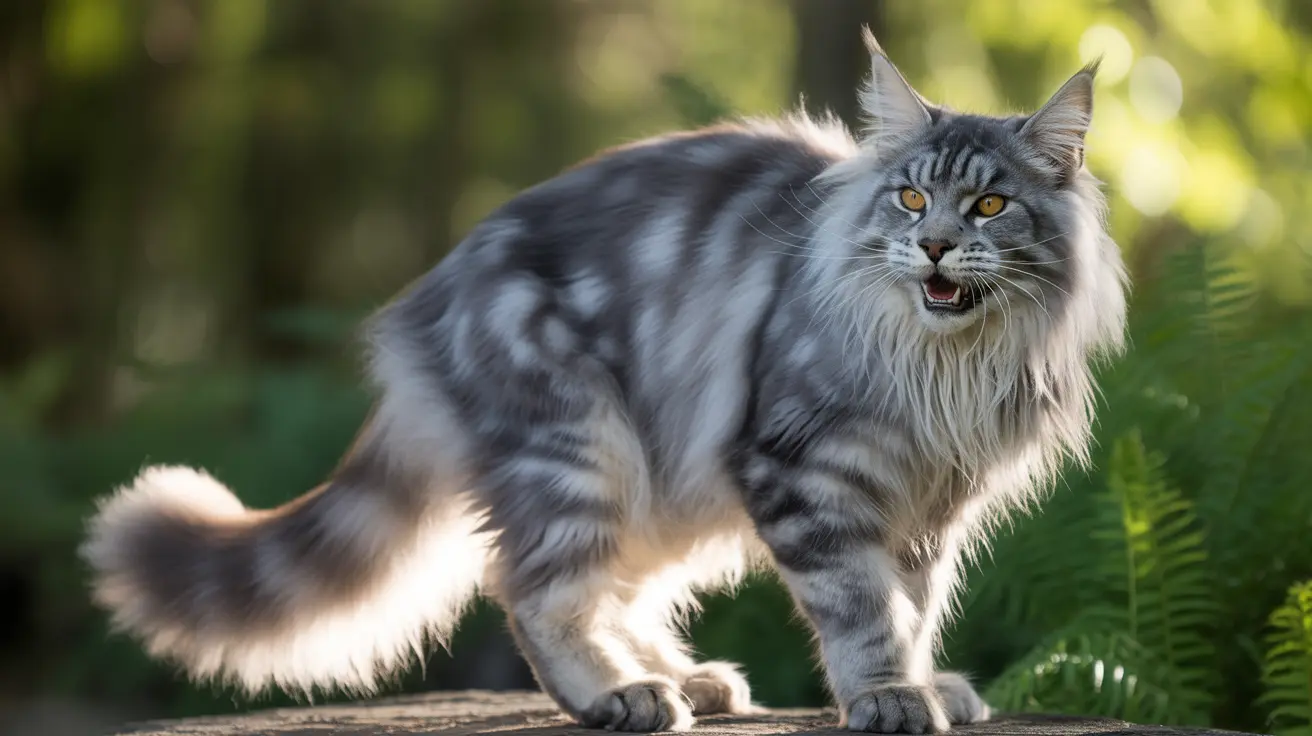Why You Should Never Cut Grass with Dog Poop Left Behind
Dog owners often face the dilemma of whether it's necessary to pick up dog waste before mowing the lawn. It might seem harmless to let the mower deal with it, but in reality, cutting grass where dog poop is present can cause significant health, environmental, and lawn care issues. Here's a deep dive into why you should always remove dog feces before mowing and how to handle it safely.1. Health Risks Posed by Dog Waste
- Pathogens and Parasites: Dog feces are commonly contaminated with harmful bacteria like E. coli, salmonella, and coliforms. Additionally, they may harbor parasites such as hookworms, roundworms, and giardia. A single gram of dog poop can contain millions of these microbes.
- Human and Animal Exposure: Mowing over feces aerosolizes and distributes these pathogens into the surrounding environment, increasing the chance of inhalation or skin exposure to both humans and pets. This exposure can result in serious illnesses.
2. Environmental Hazards from Mowing Over Dog Poop
- Water Contamination: Pathogens from dog waste can enter water systems through lawn runoff, especially after rain. Stormwater systems typically do not treat such waste, causing pollutants to flow directly into rivers, lakes, and streams.
- Soil Degradation: The chemical content of dog waste, particularly its high nitrogen and phosphorus levels, can disrupt soil chemistry, leading to nutrient imbalances that pave the way for plant damage.
3. Lawn Damage and Aesthetic Decline
- Nitrogen Burn: While nitrogen is essential for grass health, dog poop contains it in overly high amounts. This can lead to patches of overgrown grass that soon turn yellow and die—a condition known as nitrogen burn.
- Uneven Nutrient Release: Since dog poop breaks down slowly and irregularly (often taking up to a year or more), it releases nutrients inconsistently, harming lawn uniformity and growth.
4. Ineffectiveness as Fertilizer
- Different Diets, Different Manure: Unlike cow manure, which is beneficial due to cows' herbivorous diets, dog waste comes from a high-protein diet and lacks the necessary organic plant matter for soil enrichment.
- Acidity Issues: The acidity in dog feces further disrupts soil pH balance, making it unfriendly for many garden plants and grasses.
5. Safe Disposal and Composting Options
- Immediate Removal: Picking up dog waste as soon as possible is the best practice. Use gloves and dispose of it in a trash bin, adhering to your local waste regulations.
- Specialized Composting: If composting, use a dedicated pet-waste composter. Ensure the compost reaches and sustains 60°C (140°F) for at least three days to kill pathogens.
- Never Compost for Edible Plants: Even when composted properly, dog poop should only be used as fertilizer on ornamental plants and kept far from food-producing vegetation and play areas.
6. Final Thoughts and Best Practices
Cutting grass with dog feces present exposes your lawn, your health, and your local ecosystem to risk. Mowers inadvertently spread harmful microorganisms, while also triggering long-term lawn damage due to the inconsistent breakdown and nutrient overloads from the feces.
What you can do:
- Pick up dog waste before mowing.
- Dispose of it in the trash or flush it (where permitted).
- If composting, follow strict temperature and safety protocols.
- Educate others and promote responsible pet ownership.
By taking small steps to manage pet waste, you promote a healthier lawn, a safer environment, and better community hygiene.




